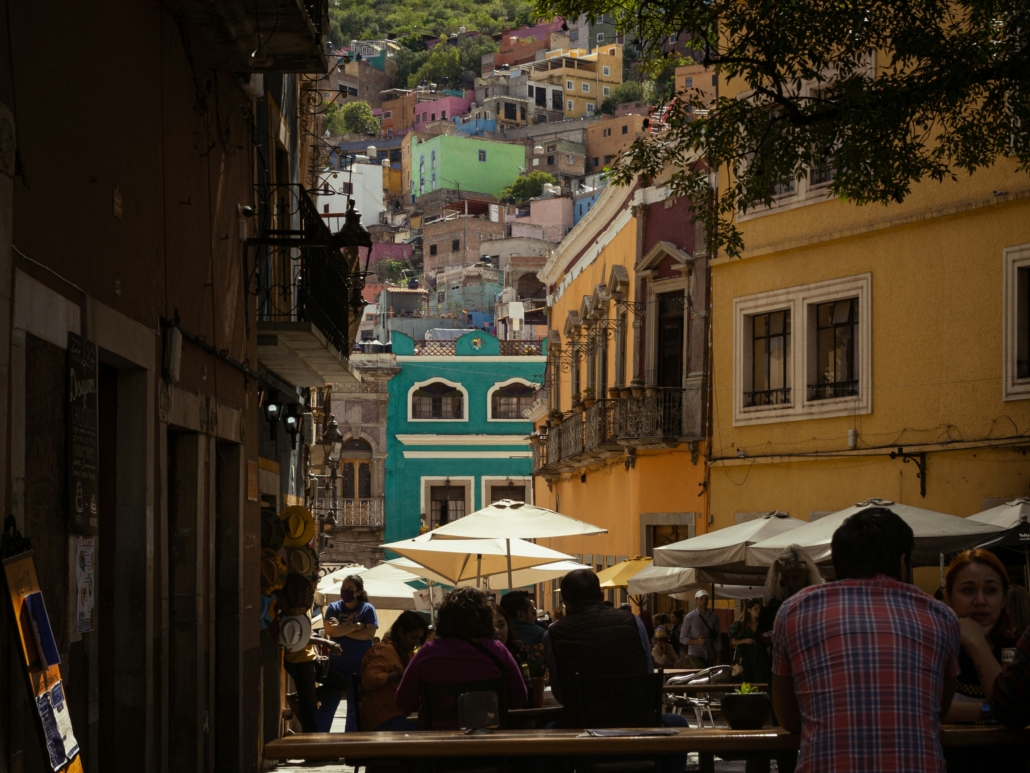 The U.S. freeze on humanitarian aid has left many of Mexico’s private humanitarian organizations defunded. In Tijuana, Baja California, centers for migrants, low-income and houseless folk are experiencing trouble. A Mexican city so close to the U.S. is experiencing such a different reality than the U.S. city of San Diego. These organizations provided help with job search, medical care, psychological care, food, childcare and shelter. According to a report from inewsource, the freeze severely cut funding to dozens of programs that aided Mexico’s vulnerable population.
The U.S. freeze on humanitarian aid has left many of Mexico’s private humanitarian organizations defunded. In Tijuana, Baja California, centers for migrants, low-income and houseless folk are experiencing trouble. A Mexican city so close to the U.S. is experiencing such a different reality than the U.S. city of San Diego. These organizations provided help with job search, medical care, psychological care, food, childcare and shelter. According to a report from inewsource, the freeze severely cut funding to dozens of programs that aided Mexico’s vulnerable population.
The Bigger Picture
Though the U.S. may only spend 1% of its federal budget on foreign aid, the impact is still strong. By withdrawing foreign aid to Mexico, the U.S. has hurt a lot of Mexico’s humanitarian organizations, ultimately hurting the people that are most in need. Some more examples of Mexican organizations affected by the freeze in foreign aid are Casa Frida, Comunidad AVES, Peace Oasis of the Holy Spirit Amparito shelter, Asylum Access Mexico and the Federal Mission Commission for Refugee Assistance. All of these organizations help asylum seekers and refugees with ranges of services.
Conversely, remittances from the U.S. to Mexico continue and are a strong source of foreign aid to Mexico. Remittances often work by Mexican immigrants working in the U.S. and sending the money they earn to their families back at home for a better means of life. Normal workers are leading this cash flow into Mexico, not the government, and they are not suitable for institutional humanitarian programs.
The Importance of Foreign Aid
Inequality threatens national security. According to the American Foreign Service Association, strategic foreign assistance can prevent instability, reduce the need for costly military interventions and strengthen global partnerships. It is never good to have one nation struggling so much, as it can lead to a potential uprising. Foreign aid has been a proven form of violence prevention.
One-third of Mexico’s population (or 36.3%) lived in poverty in 2022 and an additional 7.1% of Mexico’s population lived in extreme poverty. This is more than 40% of the population.
Given Mexico’s large population in poverty, foreign aid to Mexico is incredibly useful for the country. Mexico has used foreign aid in sectors like security and justice, economic development, humanitarian assistance and border security. An example of how foreign aid was used is in the Merida Initiative. This initiative fell under the security and justice sector and now La Merida is one of the safest places in Mexico. Foreign aid is important to Mexico.
Mexico’s Foreign Aid Outlook
Political analysts suggest that under their new president, Claudia Sheinbaum, Mexico may start investing more in regional humanitarian efforts, further positioning itself as a regional leader in Central America. Oxford Analytica reports that this shift could lead to increased support for international aid programs. Though the U.S. may not be sending foreign aid to Mexico for the time being, other countries are still offering their support like France, Japan, Uruguay, Chile and Spain.
The freeze on U.S. foreign aid to Mexico has led to widespread funding cuts for humanitarian organizations that support vulnerable populations. While remittances and other nations continue to provide support, the absence of the structured assistance that U.S. aid once offered is felt. With poverty affecting over 40% of Mexico’s population, the lack of foreign aid to Mexico hurts people in need. As Mexico navigates this change, the long-term effects of reduced U.S. support remain to be seen.
– Andrea Roji
Andrea is based in Chula Vista, CA, USA and focuses on Good News and Global Health for The Borgen Project.
Photo: Unsplash
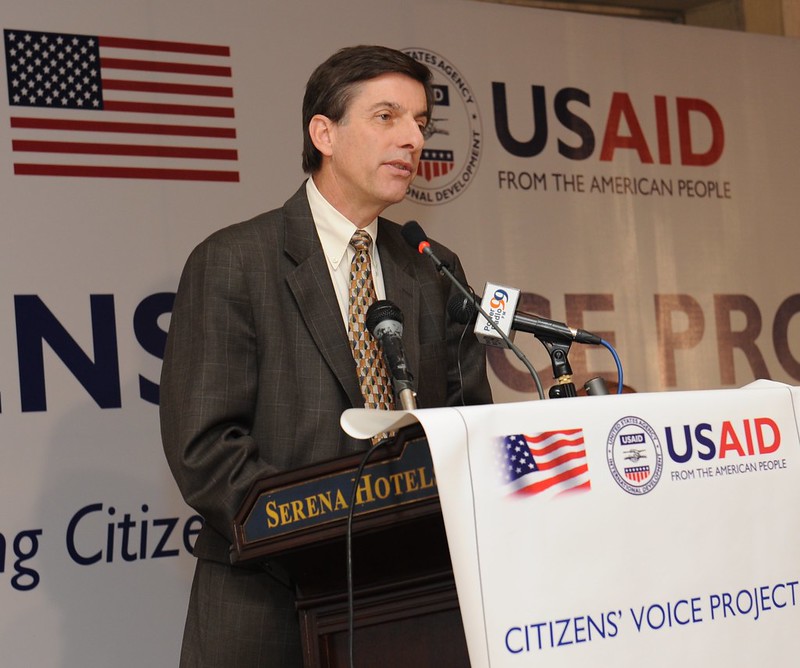
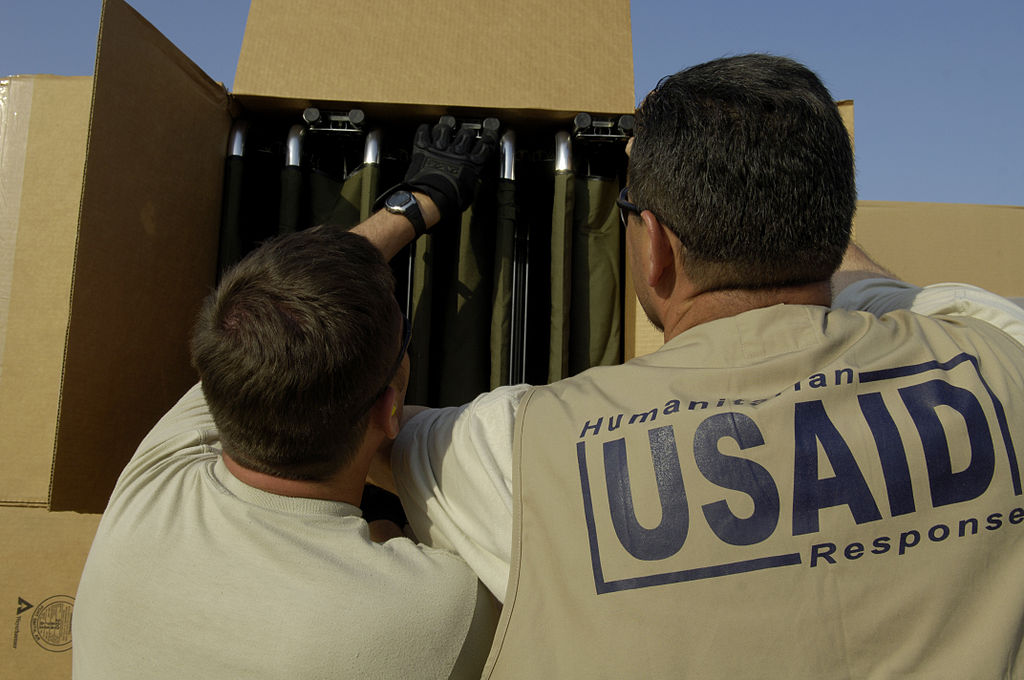
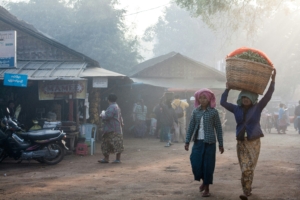 Displaced persons seeking refuge in Thailand following
Displaced persons seeking refuge in Thailand following 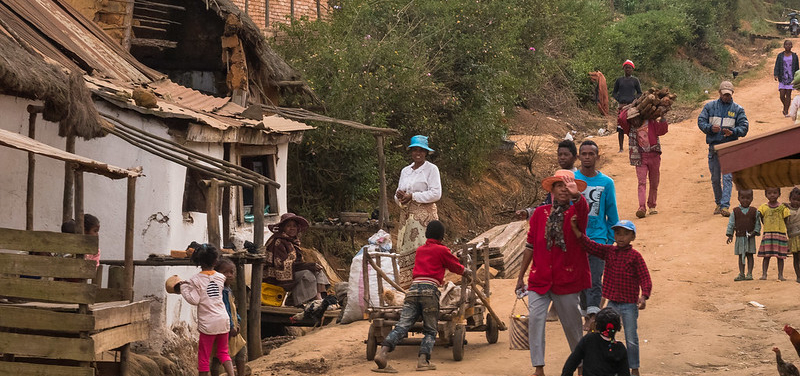
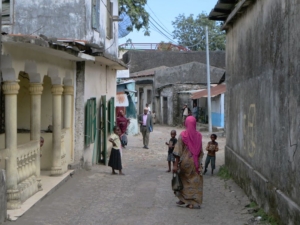
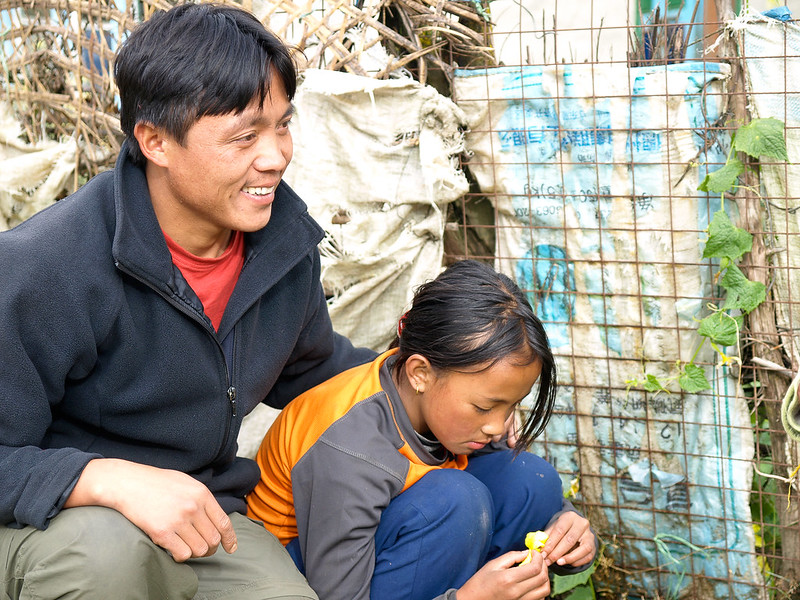
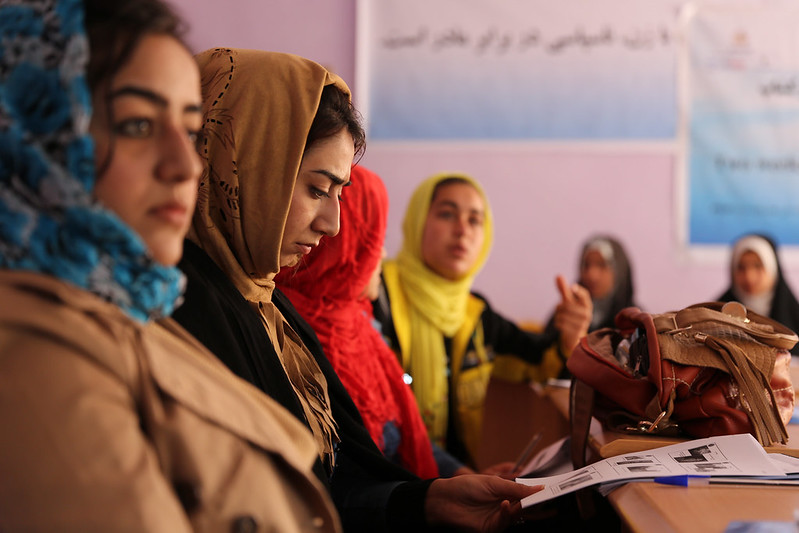 The Trump Administration’s USAID cuts have affected many in
The Trump Administration’s USAID cuts have affected many in 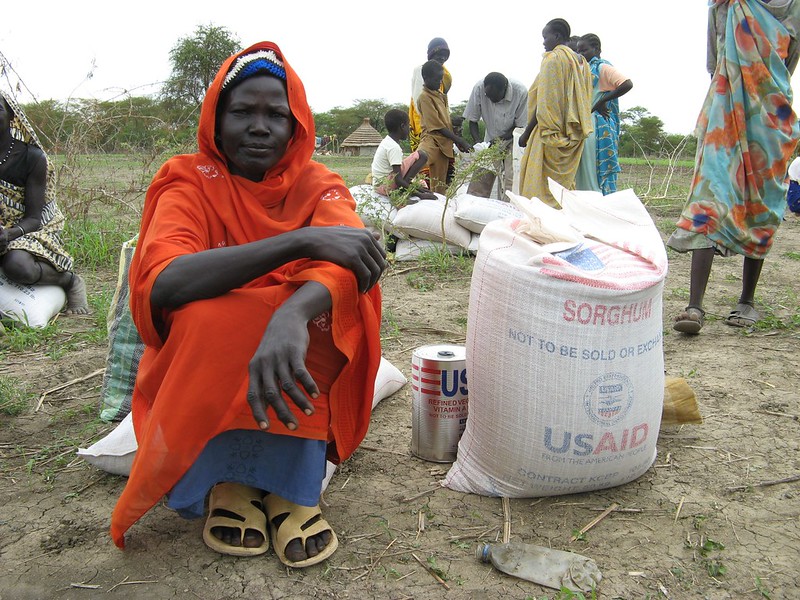 Since January 2025,
Since January 2025, 
